Tips on cooking your meat
Hi,
You don't have to be a chef to enjoy a good meat every time!
Cooking meat is all about heat management, and understanding the interaction of meat, heat and fat.
Before selecting the cooking temperature for meat it's important to know what cut of meat you’re dealing with. This will determine the temperature and cook time. Generally there are two types of cuts of meat, ones which respond well to intense heat for a short period of time and ones which respond well to a lower temperature over a longer time. When cooking a fillet steak, most chefs will suggest starting with a hot pan and cooking the steak for three minutes on either side, then allowing to rest for 3 minutes. Conversely, when cooking a beef cheek you’d cook for 3-4 hours on 140C and allow to rest for 15 minutes. The beef cheeks contains more connective tissue - more gelatin and collagen which requires a longer time to break down whereas the fillet steak is pure muscle fibre and if you’re like me, eat your steaks blue, requires a short cook time.
That being said they are some cuts that can straddle both quick and slow cook such as blade for example. Head to Scott's You Tube channel for 'how to' (https://youtu.be/V2-Lvc_M3x4)
Prime Cuts
These respond very nicely to high heat so ensure the meat is room temp (remove from fridge 30 mins before cooking) and the pan is HOT, with a little olive oil and well seasoned. Avoid a warm pan as the meat won't seal and the juices will move from the meat to the pan...not good!
Rest Time
Allowing the protein to ‘rest’ is an important part of cooking. Whether cooking a steak, a cheek, a fish or a chicken breast, factor in time to allow the protein to rest. Rest time is arguably more important to cuts like a prime steak and a chicken breast based on their structure. A steak is a portion of muscle and is home to thousands of muscle fibres all arranged neatly in alignment. Muscles can only be pulled on by tendons and therefore can only shortened or lengthen in one direction. Think about your bicep - when activated the fibres shorten as the muscles “bulges” and pulls on you ulna and radius to bring your forearm towards your body. Not that a cow ever feels the need to flex its biceps but the steak represents a portion of a muscle which will have fibres that when exposed to extreme temperatures will contract. Resting the steak involves allowing the steak to sit on the board or in an oven at a low temp (40C) for several minutes to permit the fibres to return their resting length. It also allows the moisture in the steak to re-disperse within the entire steak - heat makes the moisture retract to the centre of the steak. The end result will be a consistently moist and tender piece of steak or chicken.
While we are talking about muscle fibres, it's a good idea to cut against the fibres for a better eating experience - especially for cuts with long fibres such as brisket or skirt steak.
Slow Cook Cuts
'Long and low' is the guiding principle of secondary cuts.
For cuts such as chuck, cheek, brisket and ribs you’ll need to prevent the meat from drying out, the easiest way to achieve this is to cook the meat entirely or partially submerged in liquid. Then create a closed environment such as a crock pot or Dutch oven to prevent excessive evaporation or if you don’t have either of those, wrapping a couple of layers of foil over a roasting tray will work just fine. The benefit of cooking in liquid is to keep the meat moist over the hours of cooking but is also the carrier of flavour. The liquid or broth is the perfect way to develop flavour into the meat but also it can double up as a jus or gravy.
For tips on cooking head to Scott's You Tube or request a cookbook from us.
Happy cooking - Scott




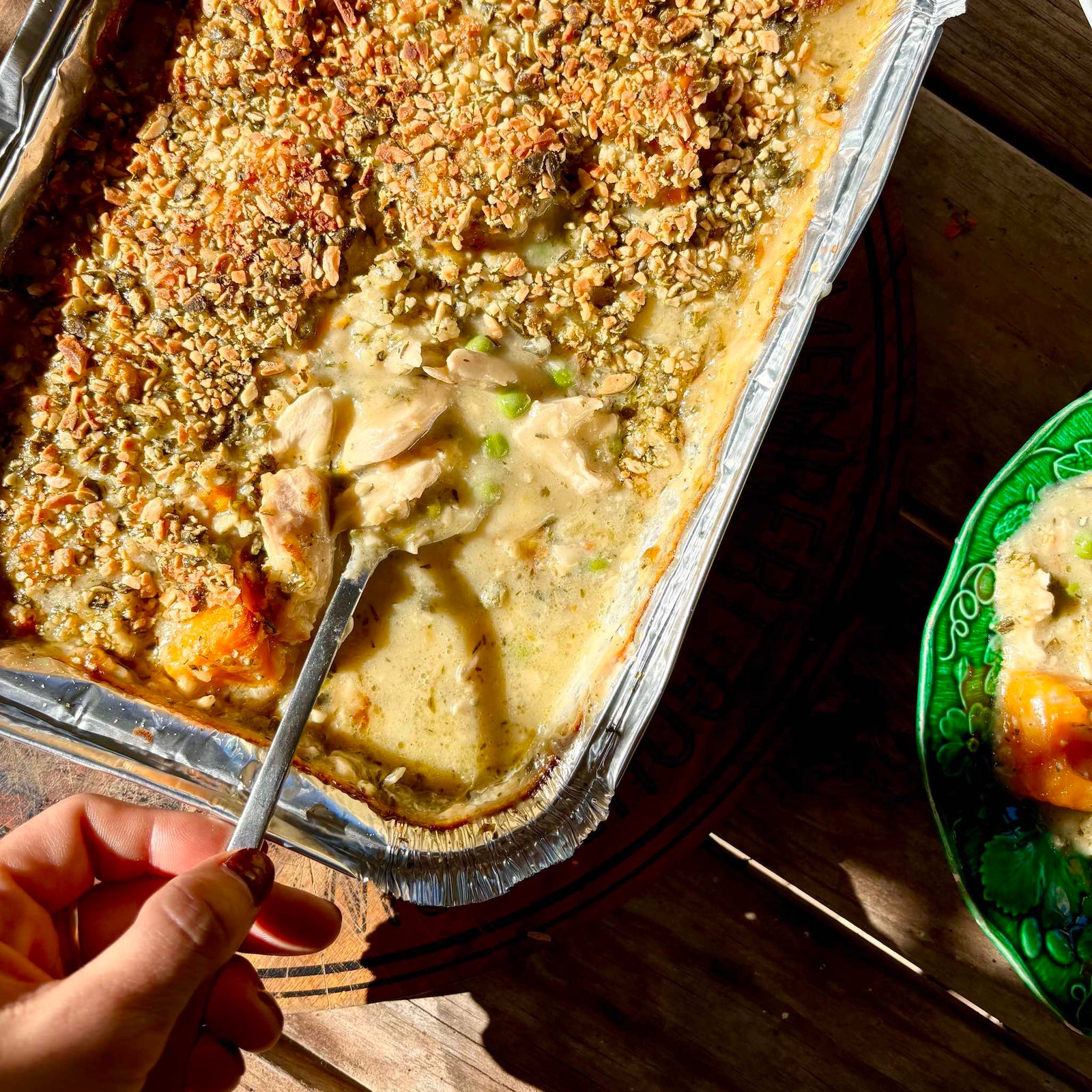
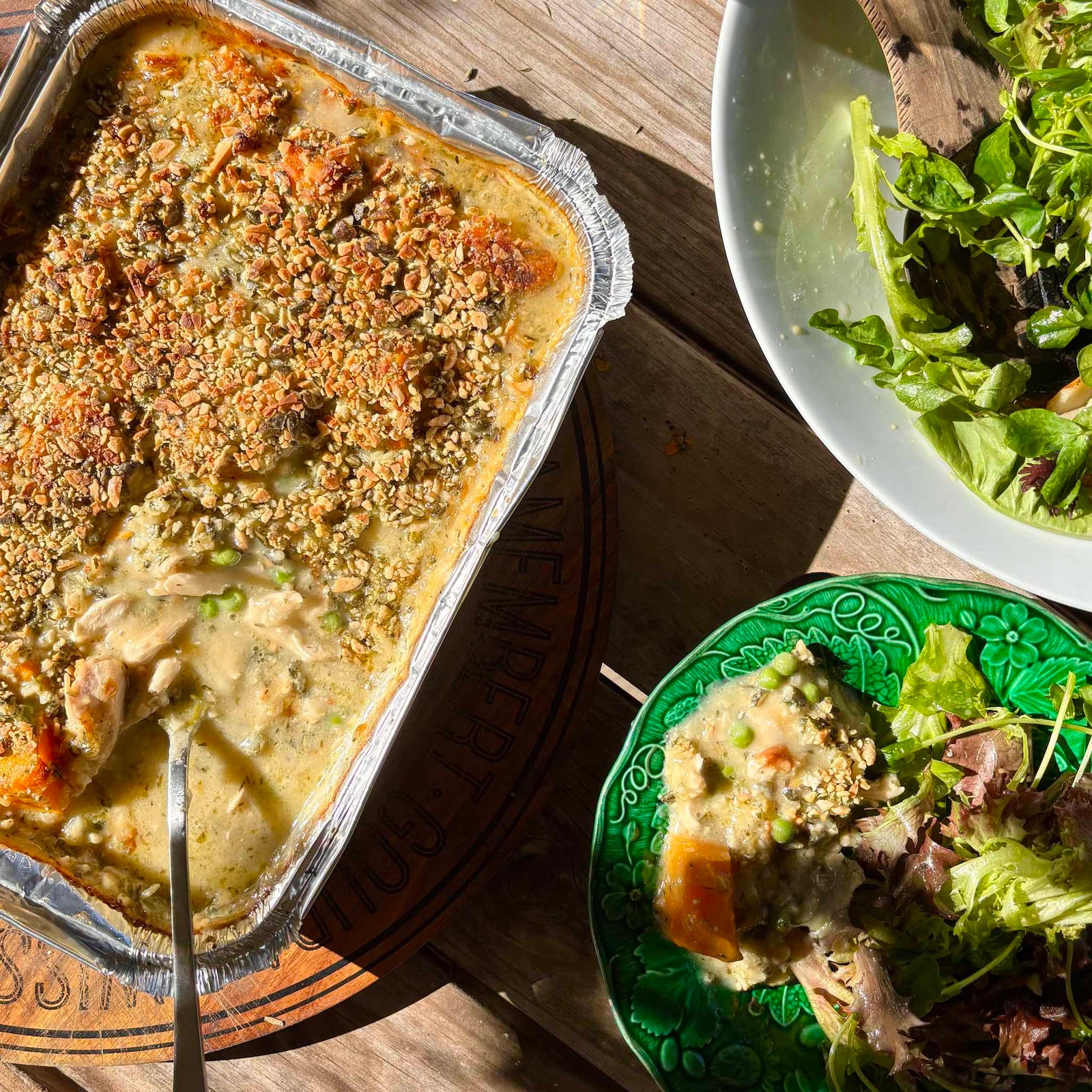
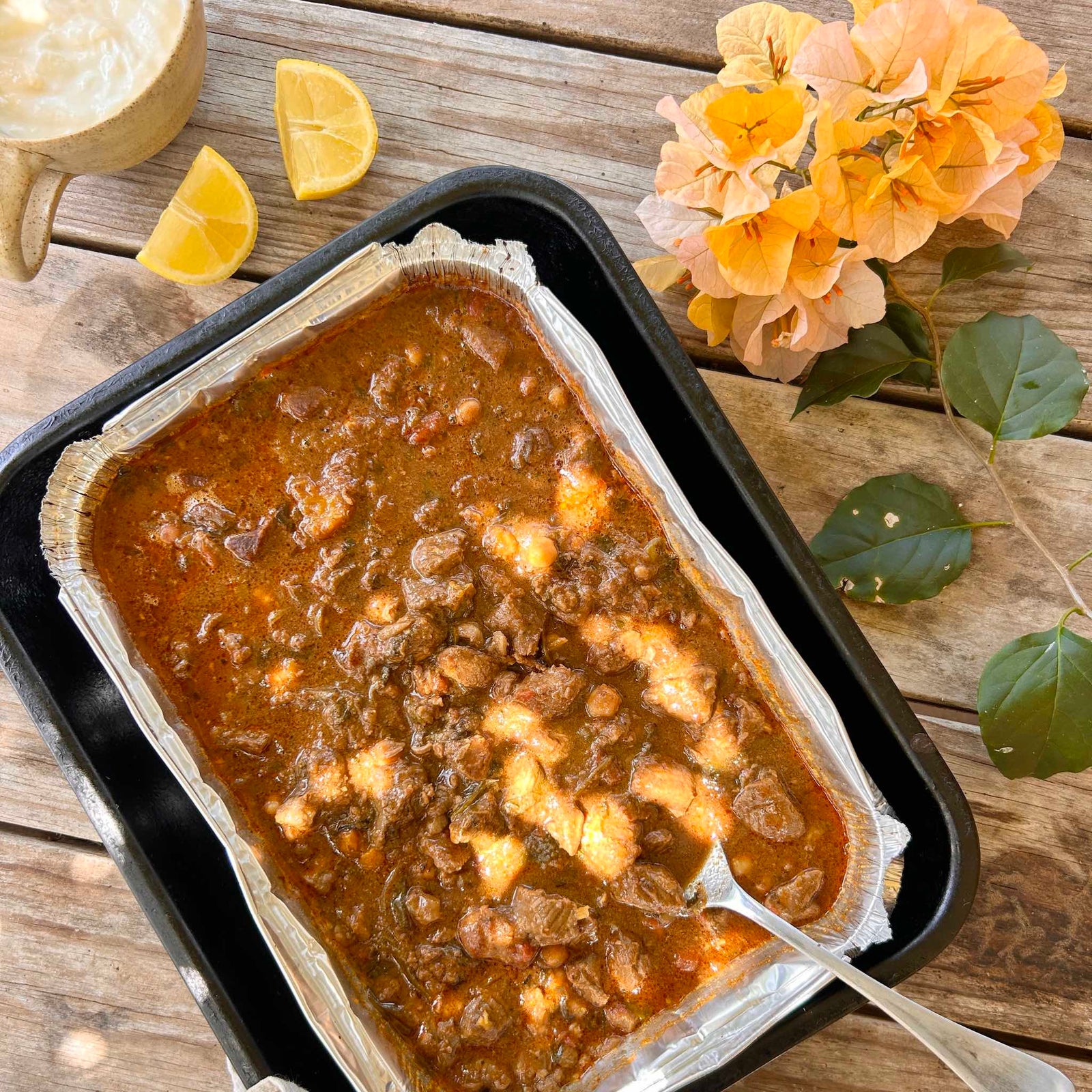

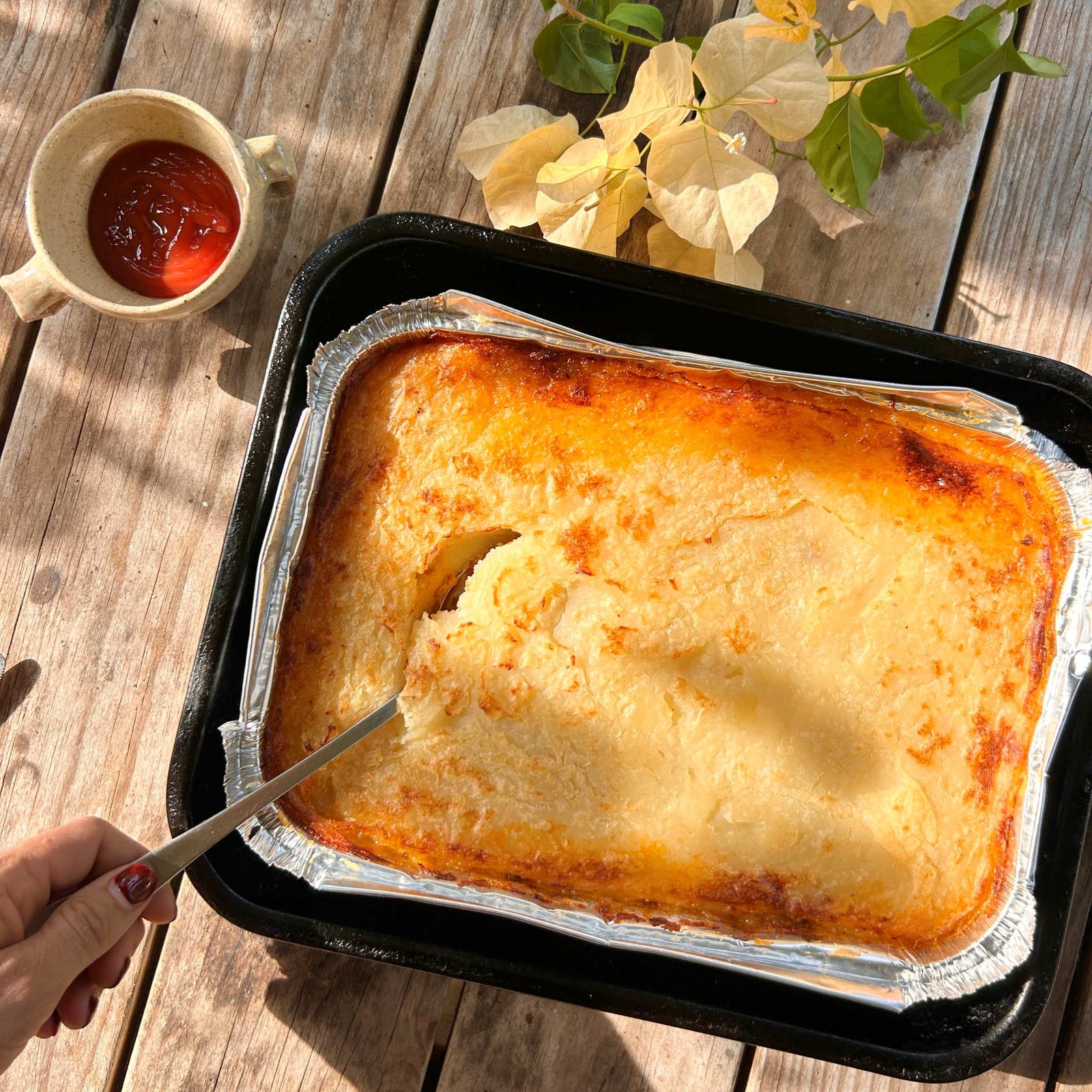

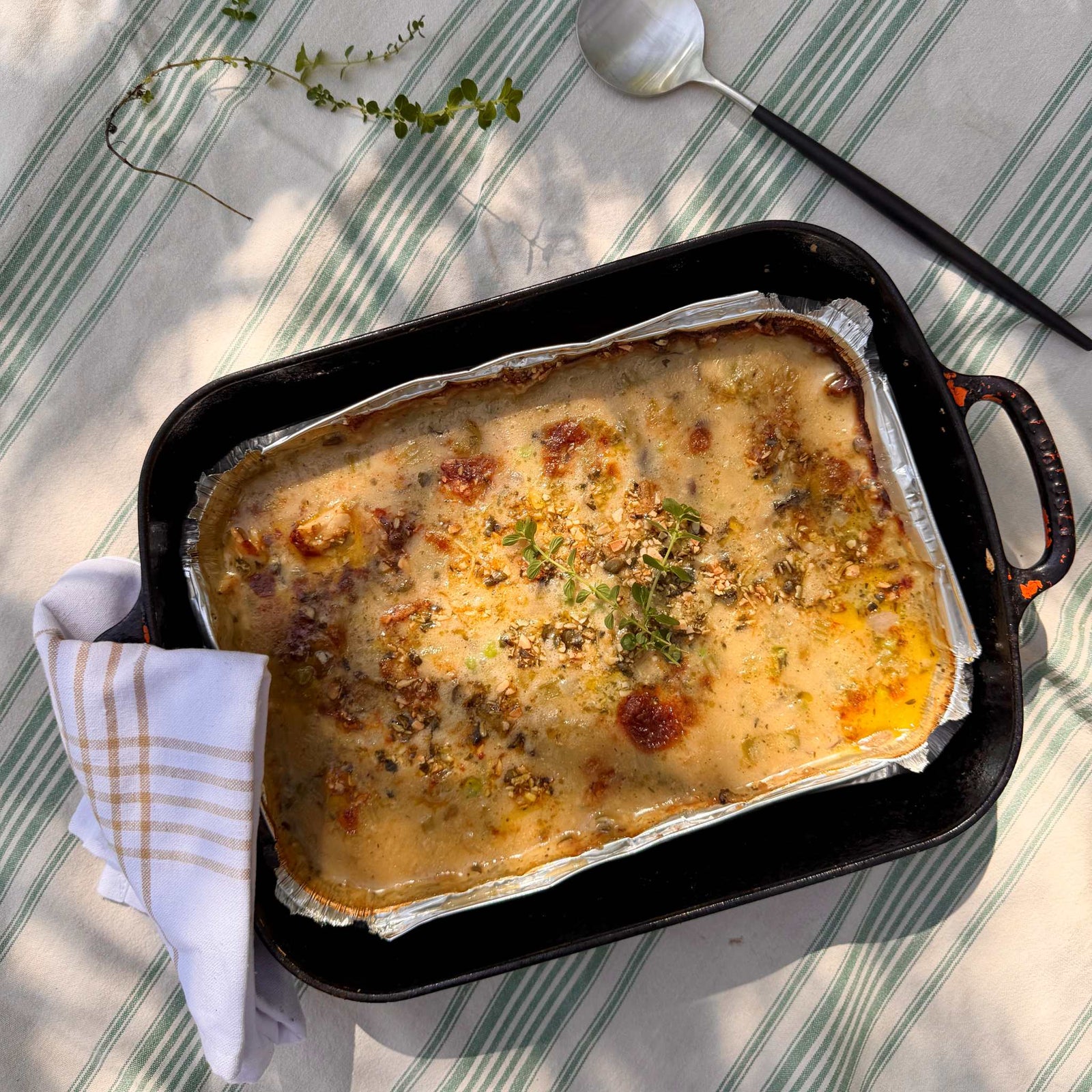

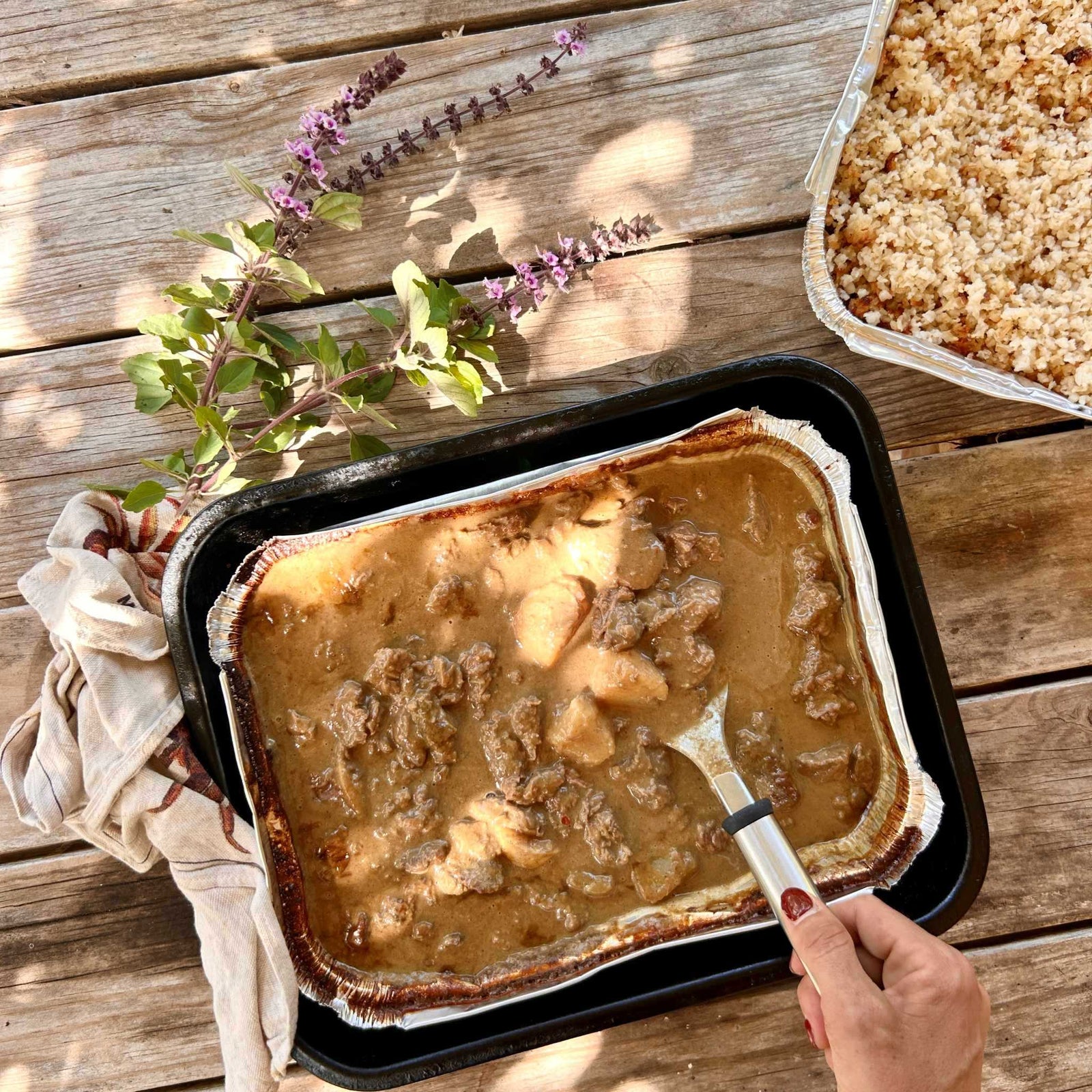

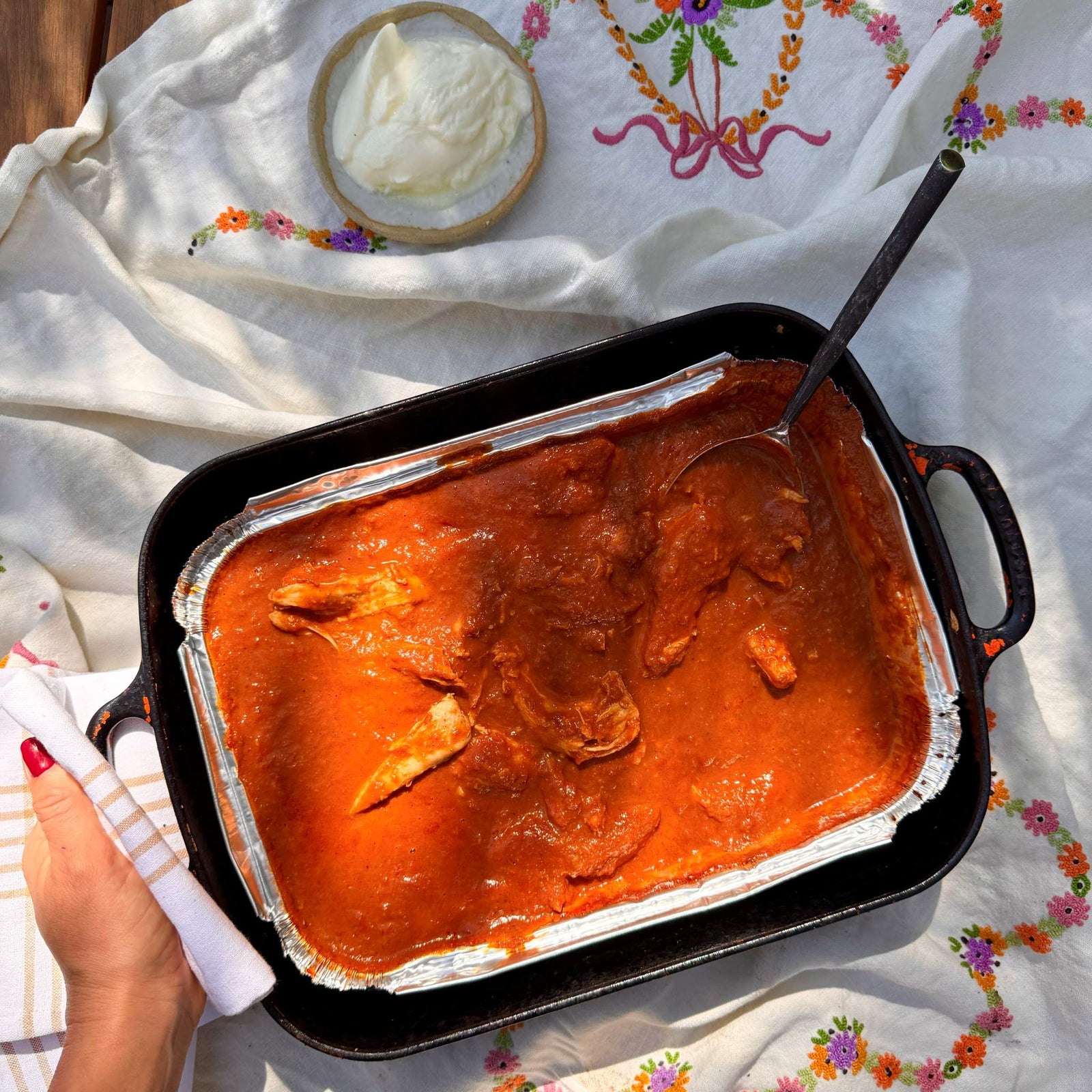

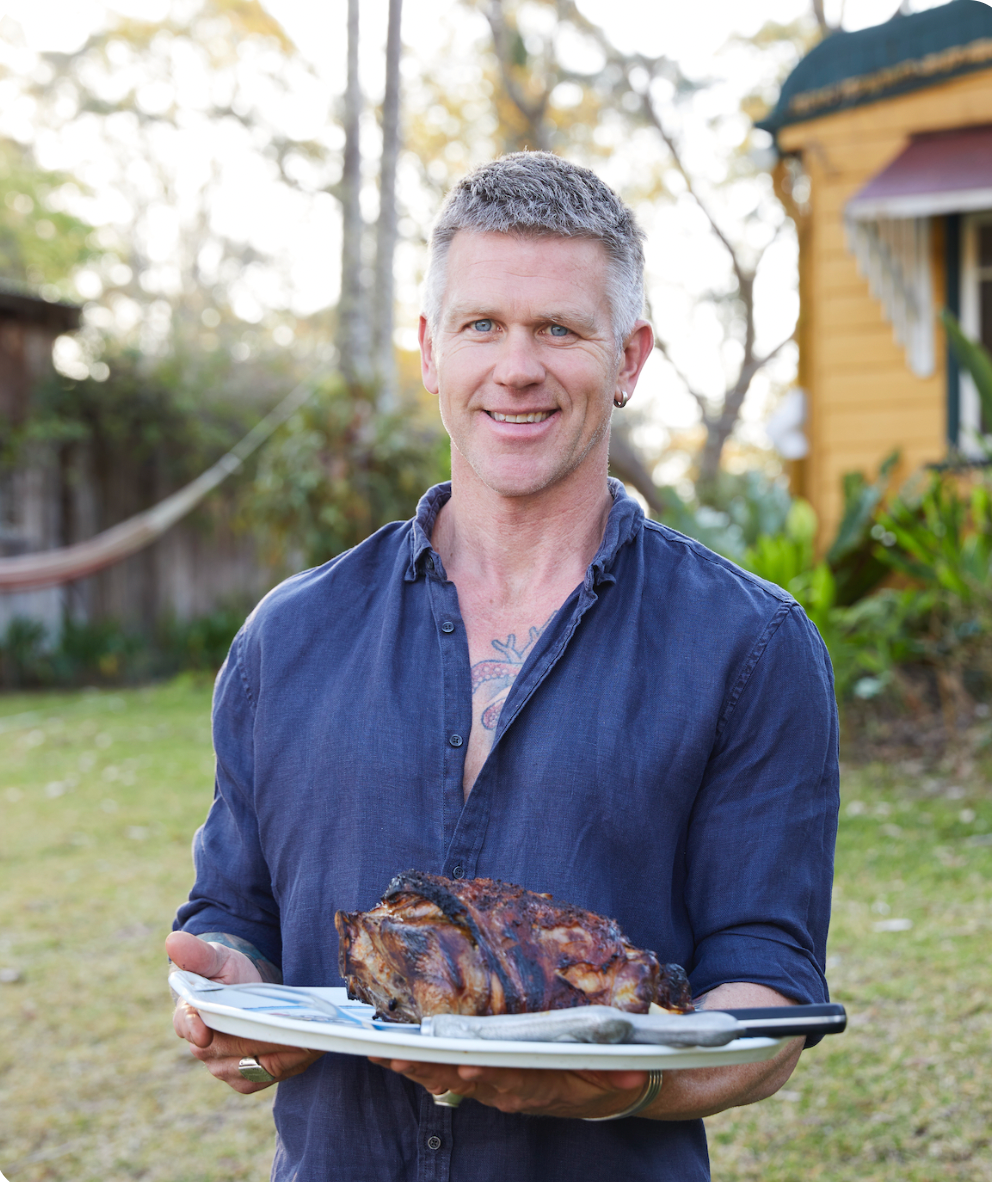
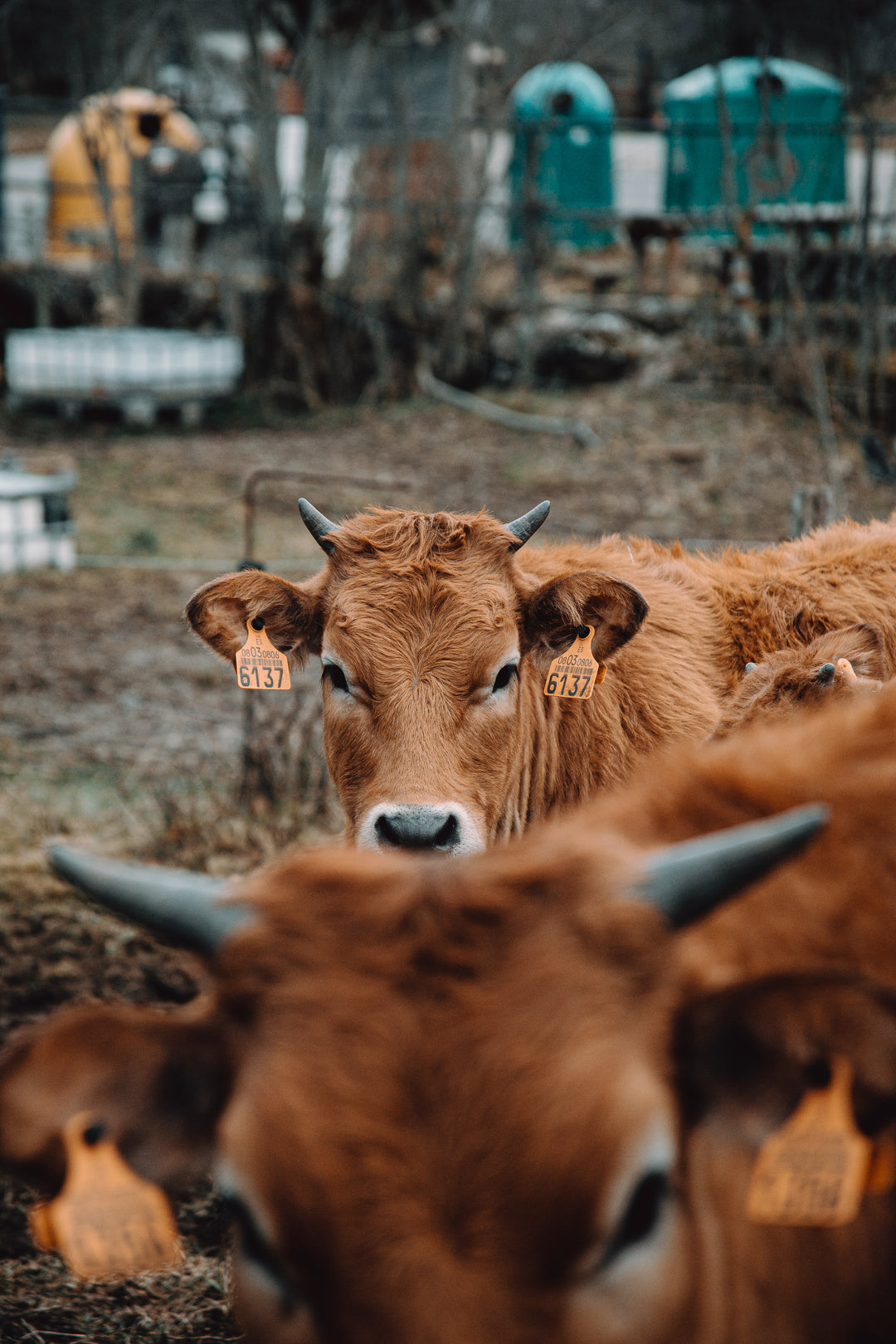
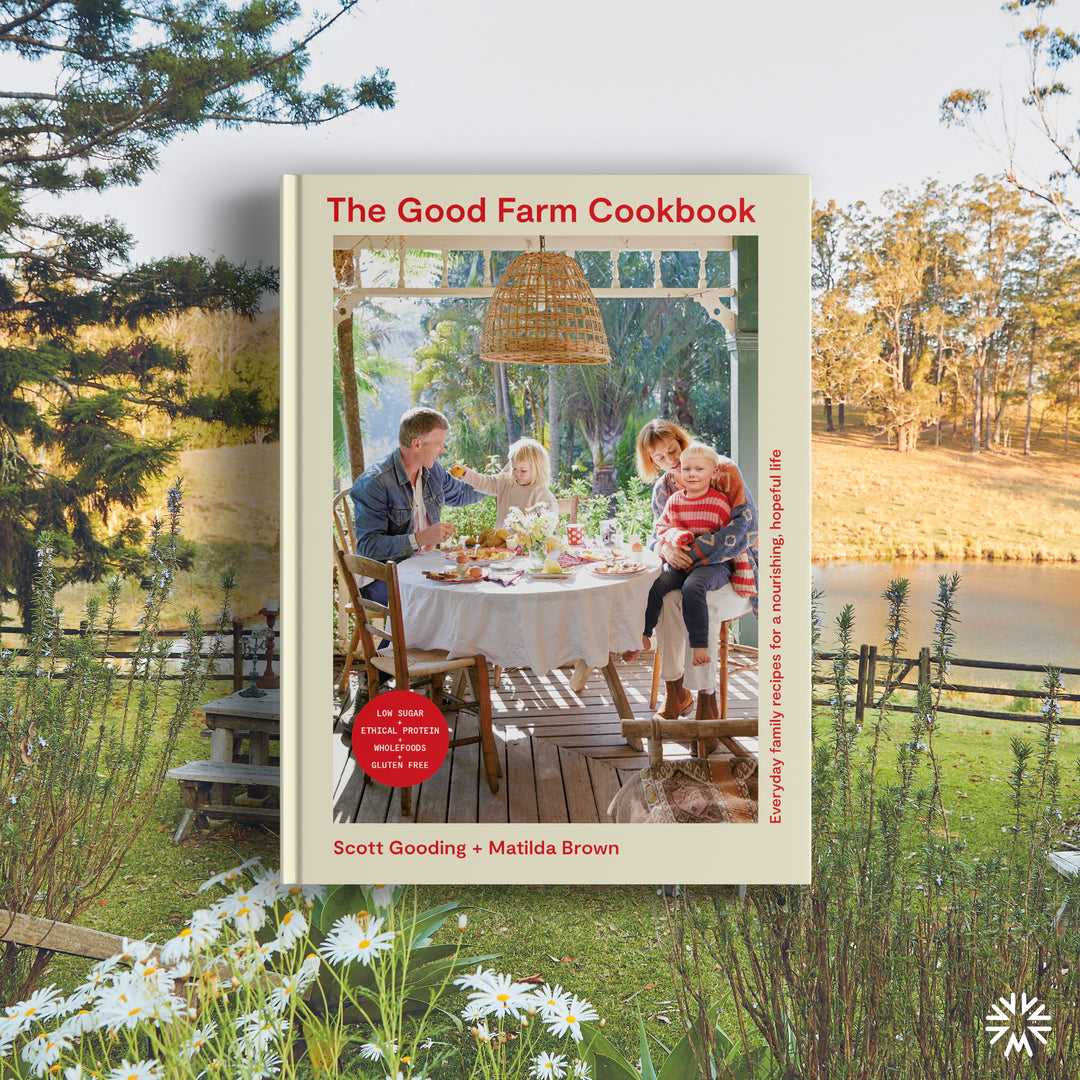

Leave a comment